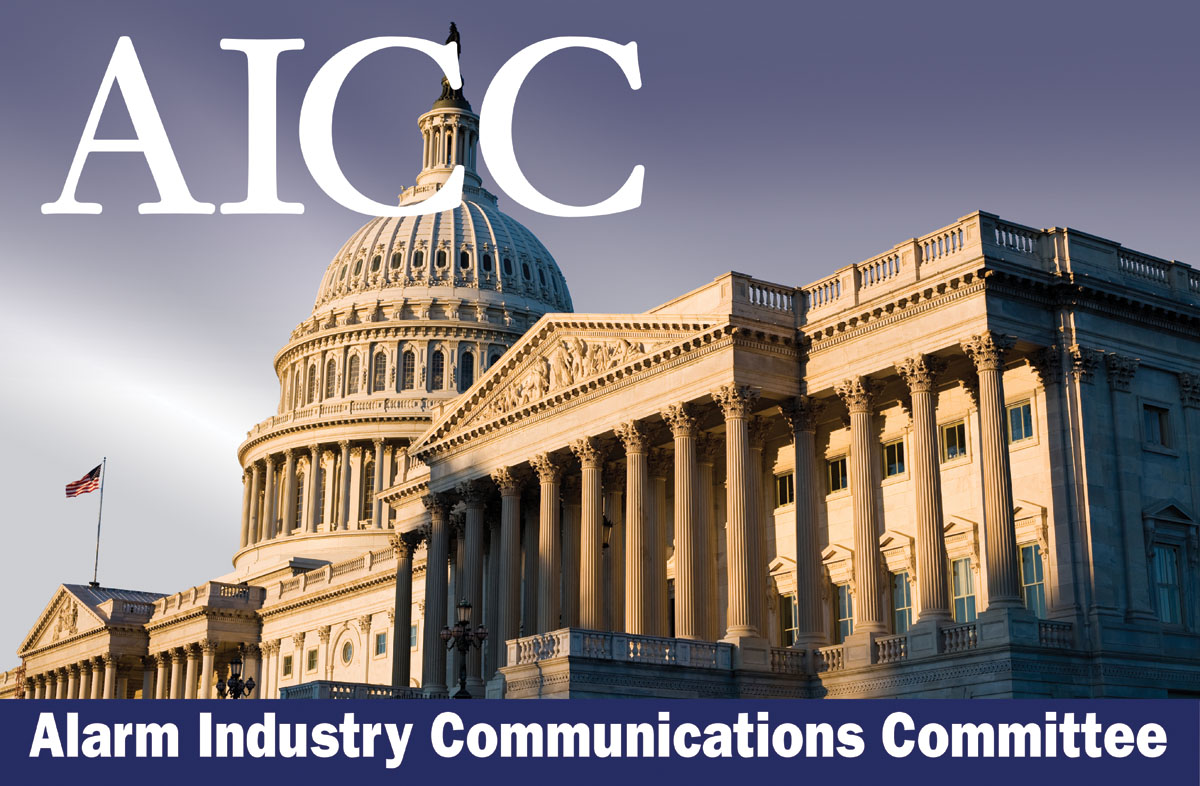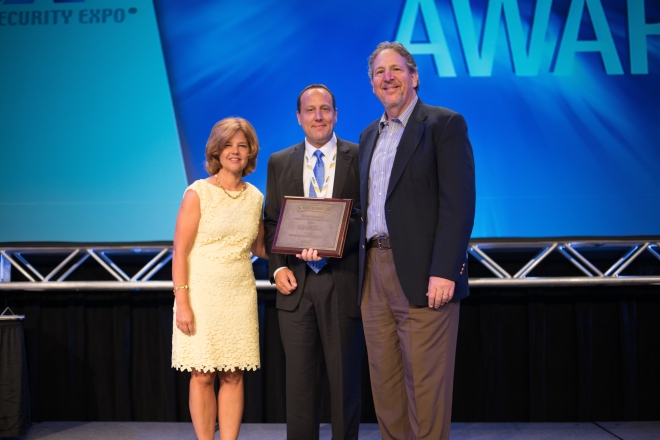TMA Mourns Rod Garner, Bill Moody, and Ray Adams
The TMA community is saddened by the recent deaths of three renowned industry members.
Rodney Grant Garner (June 11, 1948 – February 18, 2018) — Rodney Grant Garner, of Pleasant View, UT, began his association with the alarm industry by working with his father-in-law at Mountain Alarm. Later, as President and CEO of Mountain Alarm, he grew the small family business to the 28th largest security company in America that employs more than 275 people. He was passionate about his work, and loved talking business and motivating his family to find success. His son Josh is the CEO of AvantGuard Monitoring Centers, Inc. Read Rod’s complete obituary and the statement from Mountain Alarm.
William Moody (October 1, 1926 – March 1, 2018) of Lafayette, NJ died at the age of 91.. He began his career as an electronic design engineer and section chief at the Naval Ordnance Lab in White Oak, Md. While there, his projects included the design and development of a heat-activated homing torpedo and the firing systems for the Alias Betty atomic depth bomb project, the success of which earned him a commendation from the U.S. Department of the Navy. Following work as a designer, engineering manager, marketing director, and plant manager in a variety of Schlumberger locations on the East Coast, he became president of Dumont Electronics in 1972, followed by a move to ADT in 1981. While a vice president with ADT he held a variety of posts encompassing engineering, manufacturing and distribution. Bill enjoyed a long and illustrious career before retiring at the age of 80. He continued as a consultant to the alarm systems industry for several more years after his retirement. Read Bill’s complete obituary.
Raymond L. Adams (June 23, 1929 – March 8, 2018) began his career in 1953 as the first salesman hired to introduce Sam Bagno’s ultrasonic sensor to the alarm industry. In 1971 he joined Norman Rubin of the Supreme Burglar Alarm Corp. in a series of ventures, beginning with the formation of the Mutual Central Station Corp. in New York City. When Honeywell acquired Mutual, he stayed on to manage the central station. He rejoined Rubin in 1973 and together they formed Jewelers Protection Services Limited with Adams serving as president. He later became president of both Security Centres, Inc. and its subsidiary, Holmes Protection of New York, renamed HolmesLimited in 1989. A link to his obituary will be posted when available.
This post will be updated.




 Wireless Industry Seeks to Avoid Unwanted Regulation Following System Failures after Superstorm Sandy
Wireless Industry Seeks to Avoid Unwanted Regulation Following System Failures after Superstorm Sandy 
 .
. Keynote speaker Dr. Tasha Eurich is an organizational psychologist, speaker and New York Times best-selling author of Bankable Leadership — and a fresh, modern voice in the leadership world. By pairing her scientific grounding in human behavior with a pragmatic approach to business challenges, she has helped thousands of leaders over the last fifteen years. With a PhD in Industrial-Organizational Psychology from Colorado State University, Eurich serves on the adjunct faculty of the Center for Creative Leadership, one of the top ten executive development institutions in the world. She’s also the principal of The Eurich Group, an executive development firm that helps companies succeed by improving the effectiveness of their leaders and teams.
Keynote speaker Dr. Tasha Eurich is an organizational psychologist, speaker and New York Times best-selling author of Bankable Leadership — and a fresh, modern voice in the leadership world. By pairing her scientific grounding in human behavior with a pragmatic approach to business challenges, she has helped thousands of leaders over the last fifteen years. With a PhD in Industrial-Organizational Psychology from Colorado State University, Eurich serves on the adjunct faculty of the Center for Creative Leadership, one of the top ten executive development institutions in the world. She’s also the principal of The Eurich Group, an executive development firm that helps companies succeed by improving the effectiveness of their leaders and teams.







